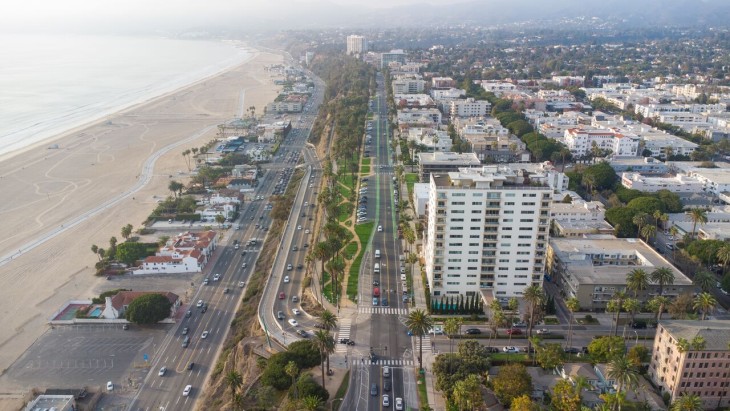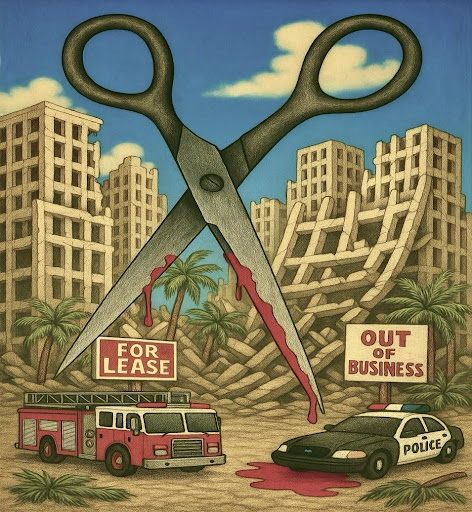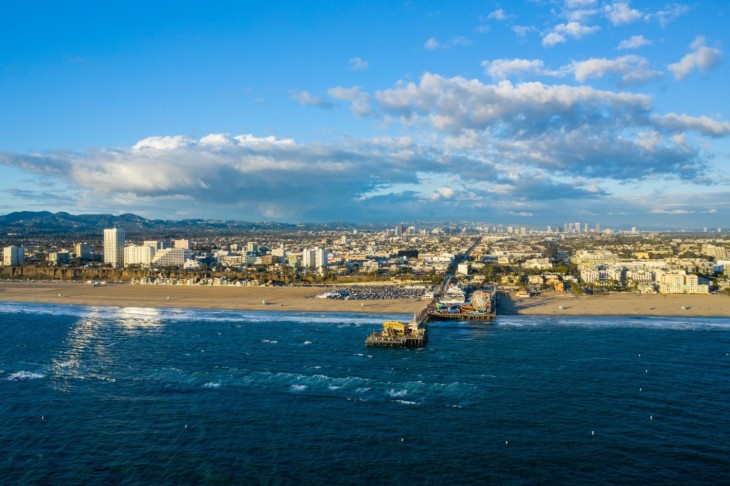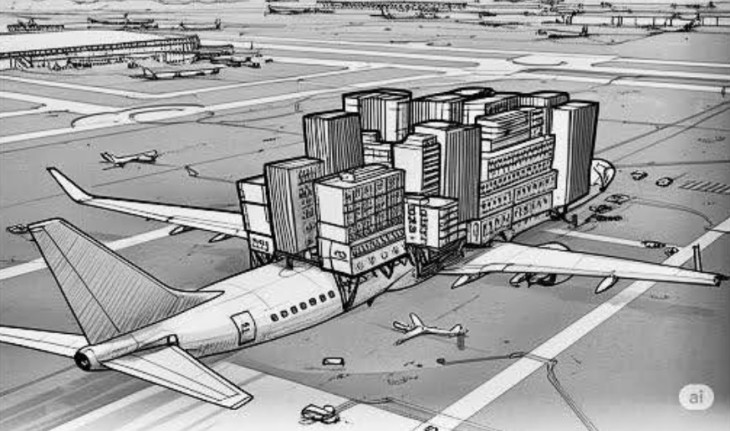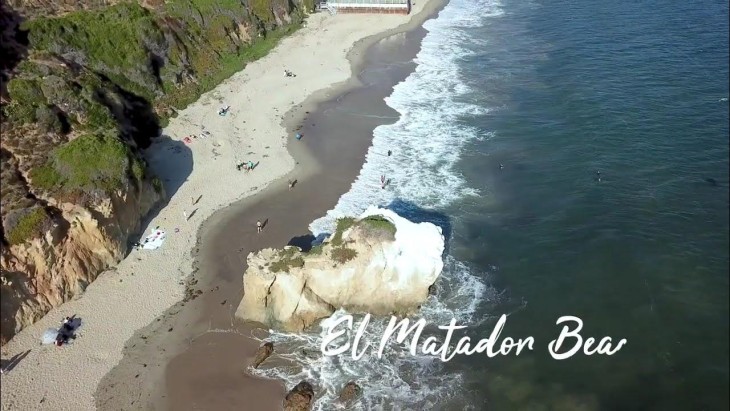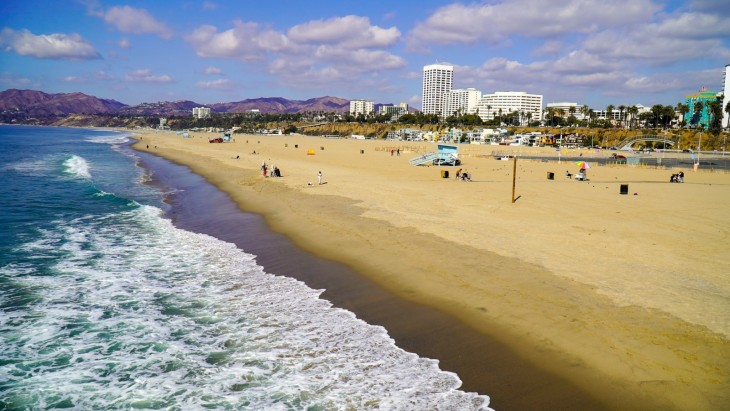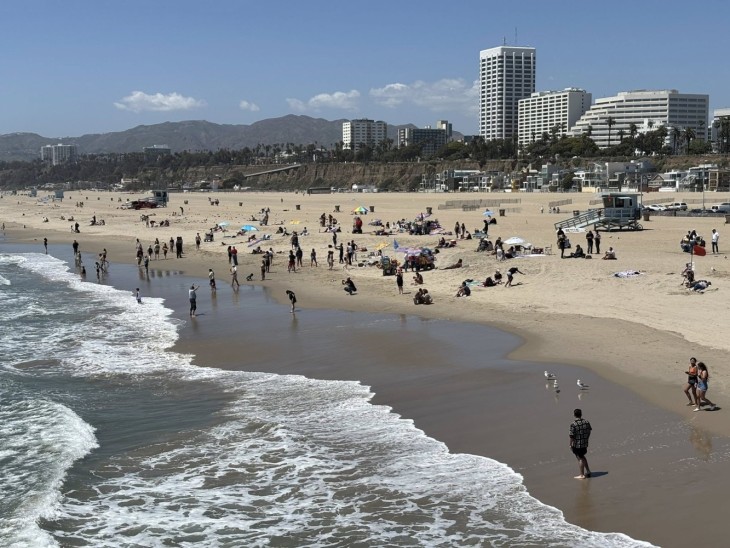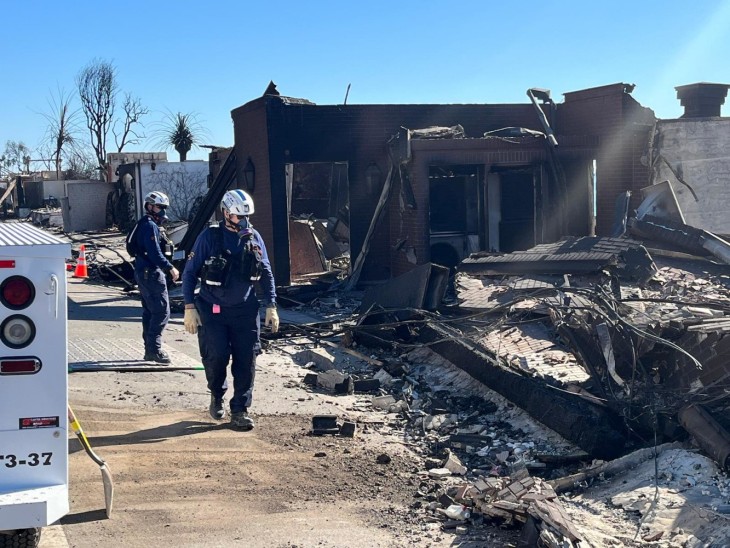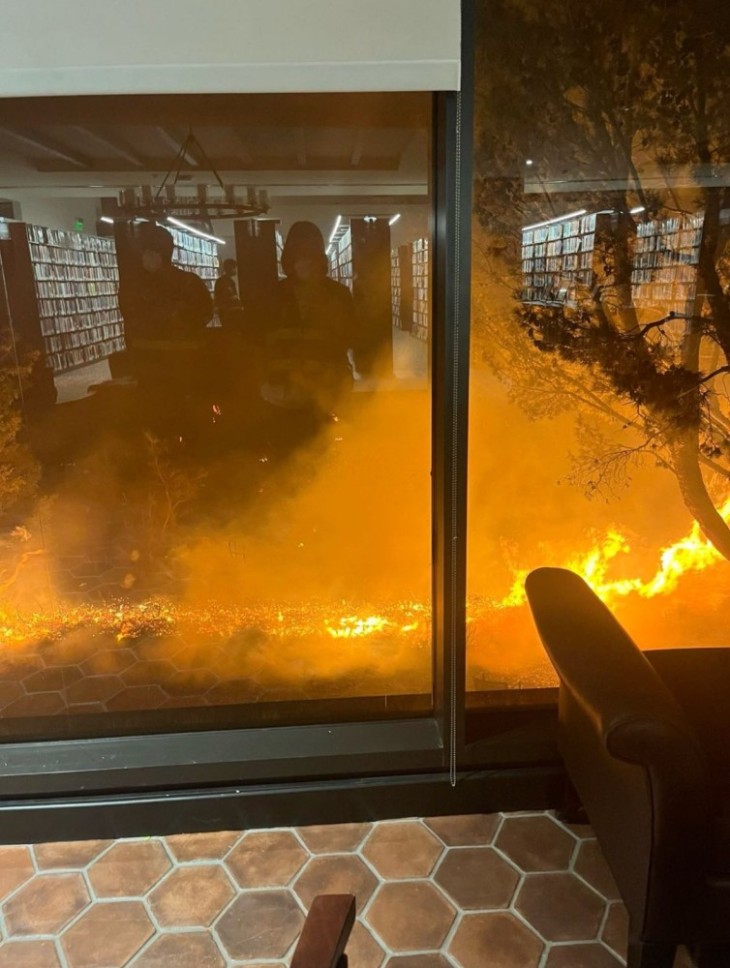Anna Cummins recalls, “The creek next to my house was my favorite place to explore. One day, following the creek far north of my house, I saw horse manure from a stable draining into the creek. It was the first time I connected what happens on the land and what happens in the ocean. I was nine and it was my first ‘aha’ moment.”
Cummins recounts a later, serendipitous, ‘aha’ moment, which occurred while viewing a screening in Paris called “Design Outlaw,” a film about the environment. She said, “I walked away from the film thinking, ‘this movie makes such sense, why aren’t we choosing to live this way?’
“For the first time I thought about being an environmentalist as a career. I went to grad school at the Monterey Institute of International Studies. At the World Oceans Conference 2002, Captain Charles Moore of the Algalita Foundation spoke about the massive quantity of plastic waste in the North Pacific Gyre and the harm it causes.
“I learned about petroleum based plastics and how they leach chemical additives, which are endocrine disrupters, such as phthalates, and BPA. These chemicals are linked to reproductive disorders and other health issues. Marine organisms ingest the photodegraded plastic particles resulting in the disruption, and in some cases, breaking of the food chain. The food chain we depend upon for life.”
Cummin’s next ‘aha’ moment came in a Montana Avenue coffee shop. She saw people with their plastic water bottles and all the plastics being used in the coffee shop when biodegradable materials could easily serve the same purpose. Cummins said she thought, “If these people knew the effects of their behavior, they would want to make different choices.
“Many people have the perception that water in plastic bottles is safer to drink than tap water. The beautiful image of a mountain stream on the bottle leads us to believe the water comes from a pristine source. The idea that we’re taking good care of ourselves by carrying around plastic water bottles has become the standard, but it’s really been a very effective and false marketing campaign that we’ve bought into.
“We’re becoming walking experiments – without giving our consent. The chemicals in plastics affect us in ways that we neither know nor understand. What we need to do is to adopt a precautionary principle. The manufacturers should have to prove that the chemicals are safe as opposed to what happens now, which is to take products containing those chemicals off the market only after it is proved that they have harmful health effects.
“I became overwhelmed with the feeling that everything I do is harmful to the environment and I was feeling hopeless,” Cummins said. She started working at the Algalita Foundation, and in 2008, she crewed for Captain Moore, crossing the Pacific Gyre on the Oceanic Research Vessel Alguita. For a month she collected surface samples over a 4000- mile ocean area.
“We studied lantern fish, small deep-sea fish that live about 1000 feet down and surface at night to feed,” she said. “They mistake photodegraded plastic particles for food and that’s relevant to us because the lantern fish are prey for tuna and other fish that we eat. We are now just beginning to understand the health threats we bring to ourselves with our own plastic waste.”
On that trip, Cummins and her fiancé Marcus Eriksen decided to launch an awareness raising project when they returned to land. Eriksen made a raft out of discarded plastic bottles, the much publicized “Junk Raft,” and sailed it from Long Beach to Hawaii. Cummins was responsible for all land support, for making speeches, and for publicity.
“We also took a Junk Ride on our bicycles down the Pacific Coast from Vancouver to Tijuana to talk about plastic and how people could make a difference by being conscious of the effects of their choices,” she said. “We spoke at elementary and high schools, universities, and city councils all along the way.”
In 2009 Cummins and Eriksen started the 5 Gyres Institute with the goal of exploring the subtropical gyres to study plastic in the world’s ocean, and to bring the issue to an international audience because it is a global problem.
Anna Cummins tells of being inspired by the work of other environmentalists and how that offsets her feelings of hopelessness. “I believe that knowing the problem means having the responsibility of choice. The knowledge is not a burden, but a privilege. Why would I not make a choice to protect the natural world?”




